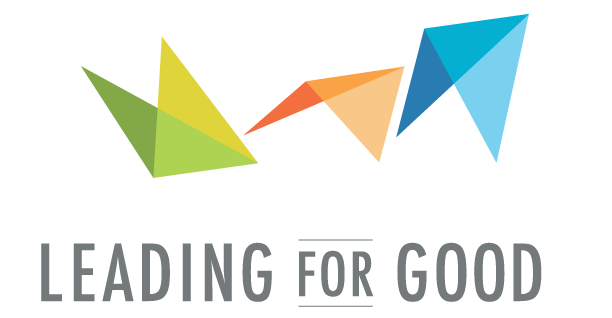Reflections on Listening and Getting Out of Our Own Way
Recently, I have been focusing on my listening skills. Having attended a 5-day mediation training with the NY Peace Institute and as a result of participating in a Parent Effectiveness Training (PET) course, I have been reflecting on what it means to listen and respond compassionately in different contexts and to listen not just to one person at a time, but also to listen to two individuals and their dynamics between one another.
Not surprisingly, both of the curriculums include a lot of skill building in listening for the goals of building relationships and also enabling individuals (both kids and adults) to feel fully understood and appreciated. Quite frankly, I thought I already knew a lot about listening based on my work as a coach; it is a skill I genuinely enjoy putting to work and practicing with my clients, friends and family on a regular basis. I naively thought that integrating the skills of mediation and facilitated problem solving as a parent would be a natural extension of what I already do. Boy, was I wrong! What I realized is that it is always possible to listen and move a conversation with greater nuance and depth, and it is always possible get better at listening in a way that supports others to feel fully seen and heard. And finally, it’s always possible to do with greater consistency.
I feel like I could dedicate myself to writing a book on nuances of listening to connect with others, yet as a starting point, I want to focus on the different levels of listening we do, and invite you to reflect on the type of listening you are doing with colleagues at work, with family members and friends, and with all those whom you come into contact with in your daily life.
Filtered Listening – When we engage in this type of listening, we are hearing another through the filter of our own experiences, knowledge and perspectives. This type of listening is likely the kind we all do and experience most frequently in our casual interactions. Filtered listening can be a valuable way to get to know another person and share experiences and perspectives with one another. In many cases, however, our own filters and stories can get in the way of us fully hearing another and can also lead the speaker to feel disappointed, judged and/or misunderstood.
Empathic Listening – This type of listening involves putting aside our personal opinions and judgments, in order to hear another person’s experience and perspective as fully as possible. When we practice empathic listening, we are looking to hear another not just in the words, but also in their tone, body language, and their underlying emotions about what it is they are saying and experiencing. This type of listening requires focused presence and attention, which is often a scarce resource today.
Listening empathically might involve an incorporation of any of the following skills:
Reflection – repeating back what you heard word for word
Summarizing – highlighting and repeating key elements of what you heard
Validating – naming the emotion that you sense the other is feeling
Dynamic Listening – This form of listening can be practiced in a setting when there are at least two additional people present. This type of listening involves not only hearing what each individual is communicating (or not communicating) in words and also through body language, but also listening to how what the individual is saying is impacting the other(s), and finding the key issues/topics of interest to hone in on for the benefit of their relationship.
How often do you find yourself practicing filtered listening vs empathic listening? In what contexts or situations, might it be helpful to practice with different kids of listening? What I find most interesting about listening is how regularly we need to be vigilant about refreshing and practicing our listening skills, despite understanding cognitively what we need to do. Most simply, it’s about getting yourself out of way to focus on the other.

